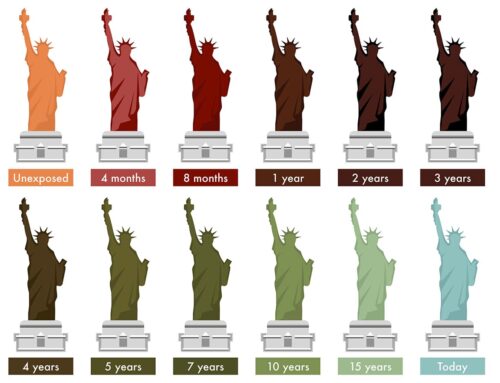The qualified rework of a Ball Grid Array (BGA) involves the reworking of a BGA component on a circuit board, i.e. replacing a defective BGA or removing and properly replacing an incorrectly positioned BGA.
What are BGA‘s?
BGAs are microprocessors/components in which the solder connections are made with small balls on the underside of the components. These small balls (bumps) are attached by the manufacturer of the component and are therefore already present when you purchase this component. There are many different types of BGAs, for example the housing can be made of plastic, but there are also BGAs with a housing made of ceramic material. And there are components that have columns instead of balls, these are called CGA (Column Grid Array).
Advantages of a BGA
Compared to conventional components, BGAs are much more robust. They are also easy to install in production. They can have many balls under the housing and then take up less space than their comparable conventional components with leads located all around the component.
Disadvantages of a BGA
Firstly, inspection is more difficult than with conventional components. This requires special inspection equipment, such as X-ray or an Ersascope (a device with a very small camera on one side of the component and a mirror on the other side that optically takes an image under the component).
Furthermore, desoldering/removing and especially assembly/soldering a BGA requires special, sophisticated equipment. A soldering profile is then set and the heating systems of the Rework Station are controlled based on this. A bottom heater and a top heater are usually used for the heating cycles. This can be based on hot air or infrared.
How does a BGA rework station work?
The Finetech Fineplacer above is representative of current BGA rework. With this rework station, BGAs can be removed in a controlled manner. But also for the right assembly. After the component is aligned using the advanced camera system, the assembly is slowly preheated using bottom heating. The top heater then switches on to heat the BGA according to a defined profile. The solder balls under the BGA melt and bond to the BGA pads on the circuit board. The assembly is then cooled in a controlled manner according to the profile used, just as with machined reflow soldering.
The expensive BGA rework stations often have a camera system on the side that allows you to observe until the balls begin to melt. In the initial state, the balls are round and when they enter the melting phase, the BGA balls collapse a little, so to speak, and thus become oval. This collapse (sinking) can be clearly seen with a camera mounted on the side.
Is training required to perform rework on ball grid arrays?
Yes, the procedures are very different from traditional soldering methods using a soldering iron. The difficulty is that the Rework stations that heat the BGA operate with software based on a soldering profile, a so-called time-temperature-profile (TTP). This needs to be programmed into the machine. For each BGA type (material, size, etc.) and PCB combination, you need a specific optimal time temperature profile. In addition to that knowledge of materials, and knowledge of programming the machine is also required. This can be practiced and learned in training.
What you also need to learn is the correct orientation of the BGA before soldering. For this purpose, modern BGA rework stations have so-called vision systems, in which the orientation of the component relative to the pads can be made visible using special camera techniques. This difficult and important step in the installation process also requires practice using the equipment.
PIEK offers BGA training for everyone involved in the assembly and replacement of BGAs. These are aimed at employees in production, but also at people from the technical department. BGA stations could also be used in prototype construction. The main target group is of course those who work in a rework department and have to replace BGAs.
At PIEK we have set up a training room with specialized equipment required for advanced BGA rework. Among others, the aforementioned Finetech Fineplacer and an Ersascope are available here, but comparable devices from other brands are also available to our trainers and course participants.







